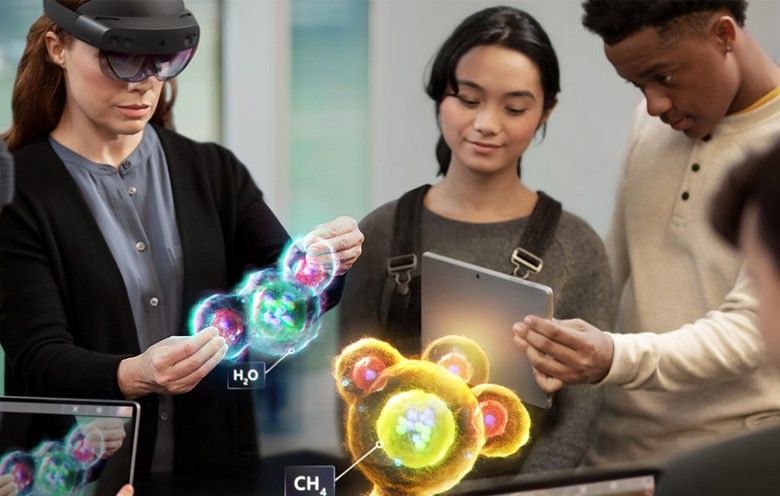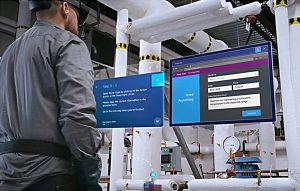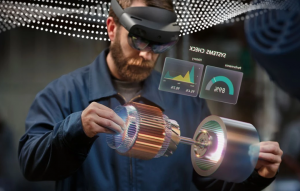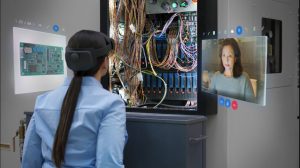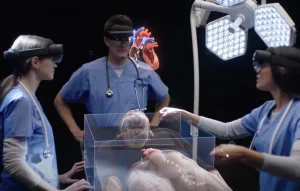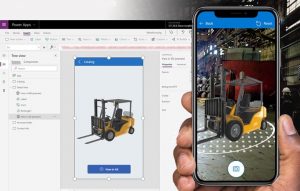Innovation is a constant endeavor for humanity. The pursuit of understanding things around us and the desire to make things better has always taken us to new heights. For most of the twentieth century and the beginning of the twenty-first, federal funding of research grants has been instrumental in helping professionals by empowering them with the necessary ingredients from funds to resources so that they can carry out the necessary research.
Some of the notable ones for technology research grants are The National Science Foundation (NSF) or The National Institute of Standards and Technology (NIST) and a few others. The difference now, more than ever, is the R&D which is driven by the industry. Fundamental research tends to go deeper into forming an understanding of the topic and then building on it. On the other hand, industry research focuses on safety, improvement of the bottom line or something that can be productized.
But to conduct extensive research based on technology, industry expertise is imperative, without which, long term aspects cannot be determined.
Picking up the tab from educational institutes
Education has been an integral part to drive innovation, establishing itself as the foremost requisite for research and development. The ability to think scholarly without industry pressures and the sheer number of students and professors makes them the bedrock for so many inventions. This brings us to research grants mentioned earlier.
Various institutions and organizations as mentioned above put out research grants to help and fund the efforts needed for its fulfilment. From individuals to universities to companies and groups, research grants comprise of a multitude of factors where extensive research as well as expertise is primary. The research can be of any subject and apply to professionals in those subjects.
But we are aware that progress isn’t always a straight path. Many times, it requires an ‘all-hands-on-deck’ approach. Things are so connected and interdependent now that traditional ways of research are not sufficient anymore. Though universities have the scholarly requirements to take up the research, most times they need help from certain industries.
Use case – How we helped a university conduct research for a grant related to technology and education
The grant was related to combining immersive technologies like augmented and mixed reality with artificial intelligence and machine learning. The device considered for the research was Microsoft HoloLens.
1. Established a base for the research with relevant technical information
- Technical approach
- Research methodology
2. Provided them with information that was required for the research papers and articles
- Architecture diagrams
- Industry statistics
- References
3. Developed a PoC to showcase the working
- Working model based on HoloLens
- Integrated with AI and ML
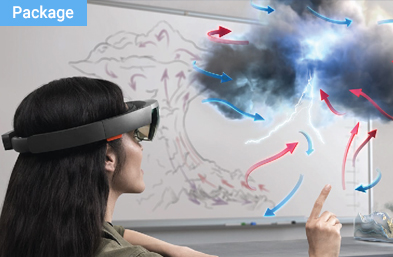
HoloLens Pilot Project
Our aim is to give enterprises clarity in terms of the deliverables and expectations when it comes to building a full-scale HoloLens specific application along with a precise estimate of the time required.
Fulfilling technology-based research grants
The requirements needed to fulfil a technology-based research grant includes the following:
1 Technical artifacts
2 Research stage
3 System integration
4 Market ready solution
5 Monetization capabilities
Traditional research methods fail to focus on these points, which results in the research not seeing the light of day. So, let’s look at each point in detail and see how a technology consultant can help with research grants.
1. Technical artifacts
The foremost requirement of a research grant starts with research papers and articles, which shed light on the various aspects that support the research. For research based on technology, researchers need to have a clear understanding of the technical approach, architecture and research methodology which can be used in documenting and publishing by the researcher.
2. Research stage
The purpose of the research usually differs on a project-to-project basis. For instance, if a research grant involves proving a technological implementation as part of a broader concept, then the requirement would be to develop a proof of concept (PoC). In such cases, a technology provider can help the researcher to create a working prototype which can help in validating the concept and check the feasibility of the technology. This is important to determine whether the concept qualifies for the next round of research before applying for larger funding since the research duration is also usually long. Based on the impact of the PoC, the technology provider can help to scale to a minimum viable product (MVP) or a full-fledged solution, along with technical documentation.
3. System integration
Without support and feedback from technical personnel, researchers end up using multiple technologies and tools that may support the research, but do not scale to a broader ecosystem or platform because of interoperability issues. Because of this, researchers face a situation where different parts of the solution fail to work in the longer run, pertaining to system integration. This is where a system integrator can help to start off with the right technology stack at the initial level so that they do not have to go back to the drawing board.
4. Market ready solution
Market readiness is an entirely different subject to research. This is because the needs of the market and practical usability are primary requisites to launch a product or a solution. An expert in the technology space would be an ideal entity to determine the prospects of the product or solution in terms of market penetration. This way, a technology provider can help with the research and support building a strong use case.
5. Monetization
The PoC or the MVP or the full-fledged solution might have the best features and functions, however, grant agencies or funding vehicles also look at the success factor. These can include viability, value addition, ROI and others. A technology provider not only supports in R&D, but also helps with the go-to-market strategy and solution monetization.
The confluence of university and industry
The gap between education and industry is massive. Companies need professionals who are trained to a large degree and on the other hand universities need to give educators that kind of training so that they can themselves impart it to the students. Fulfilling research grants based on industrial technologies requires an integrated approach, which can be achieved with the help of system integrators and IT services providers.


